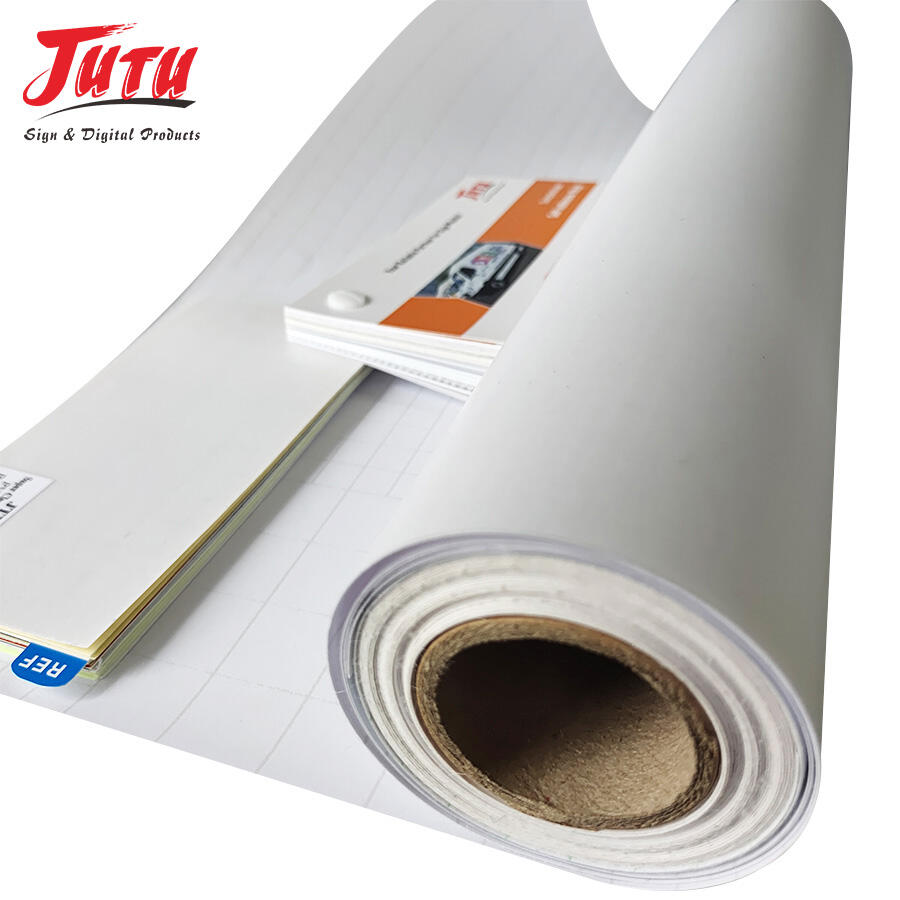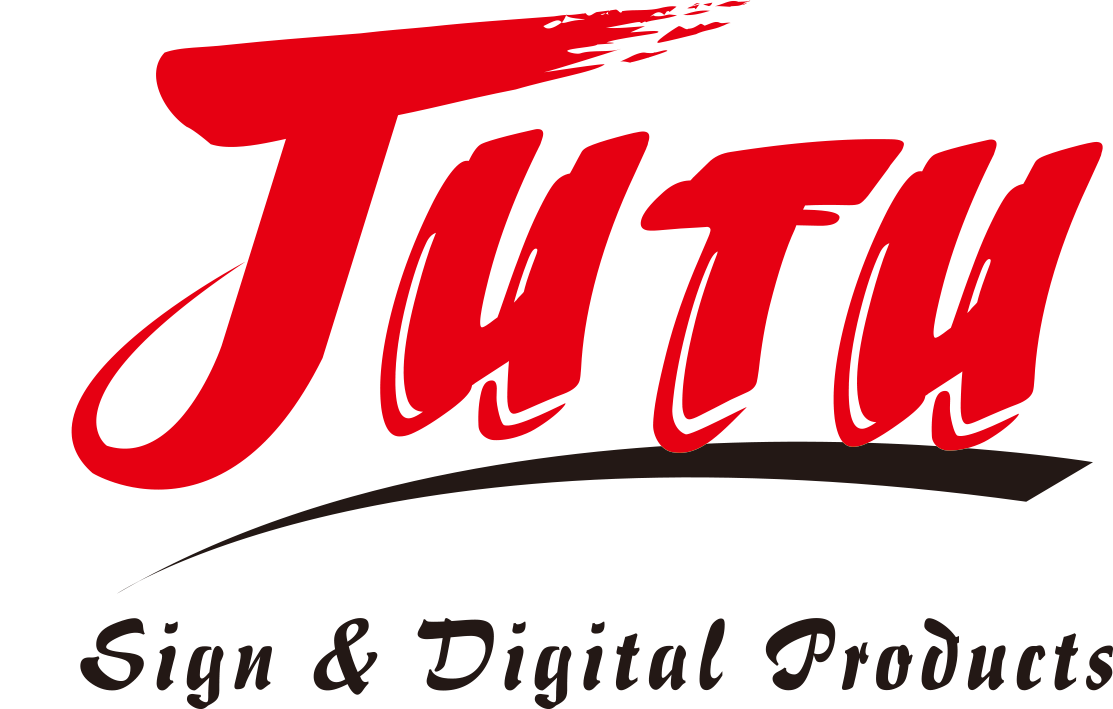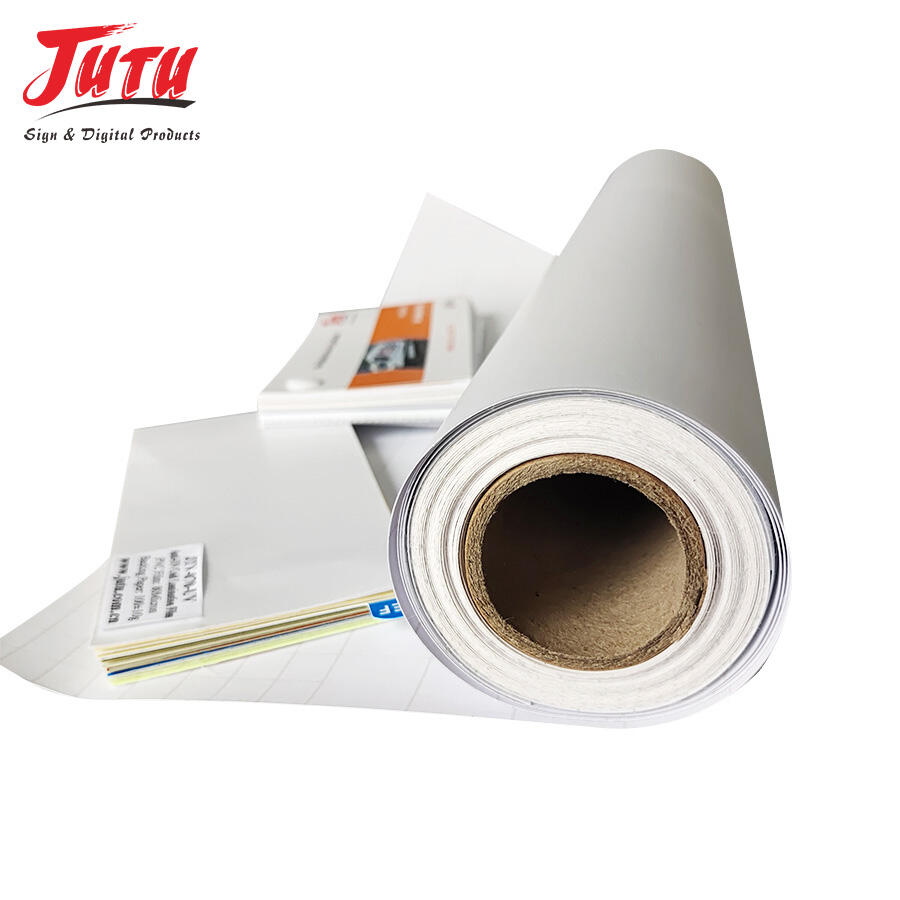The Evolution of Modern Lamination Technologies
The landscape of protective films and finishes has transformed dramatically over recent years, with colored vinyl emerging as a game-changing solution for both commercial and creative applications. As we approach 2025, the industry continues to innovate, offering more versatile and sophisticated lamination options than ever before. From vibrant retail displays to durable vehicle wraps, these advanced materials are revolutionizing how we approach surface protection and visual enhancement.
The latest developments in cold lamination technology have particularly transformed how businesses approach their finishing needs. While traditional methods required heat and complex machinery, modern solutions, especially colored vinyl applications, provide exceptional results with simpler processes and more consistent outcomes. This shift has made professional-grade finishes accessible to a broader range of users, from small print shops to large-scale manufacturing facilities.
Understanding Cold Lamination Materials
Premium Film Compositions
Modern cold lamination films incorporate advanced polymer technologies that enhance both durability and aesthetic appeal. The base layer typically consists of high-grade PVC or polyester, while the adhesive layer features pressure-sensitive components that activate at room temperature. Colored vinyl options have become increasingly sophisticated, offering unprecedented color accuracy and stability that maintain their vibrancy even under challenging environmental conditions.
The chemical composition of these films has been refined to prevent common issues like bubbling, yellowing, or adhesive failure. Manufacturers have developed specialized formulations that incorporate UV inhibitors and color-stable compounds, ensuring that colored vinyl applications maintain their appearance for extended periods, even when exposed to direct sunlight or harsh weather conditions.
Surface Finish Varieties
The market now offers an extensive range of surface finishes, each designed for specific applications. Matte finishes reduce glare and provide a sophisticated, understated appearance, while gloss options enhance color depth and create striking visual impact. Textured finishes, including leather-grain and carbon fiber patterns, add another dimension to colored vinyl applications, allowing for creative expression in both commercial and artistic projects.
Specialty finishes have also emerged, including holographic effects, color-shifting properties, and metallized surfaces. These innovative options expand the creative possibilities for designers and brands looking to create distinctive visual experiences. The technology behind these finishes continues to advance, offering improved durability and easier application processes.
Application Techniques and Best Practices
Surface Preparation Guidelines
Successful cold lamination begins with meticulous surface preparation. The substrate must be thoroughly cleaned and free from dust, oils, and other contaminants that could compromise adhesion. When working with colored vinyl, it's particularly important to ensure the surface temperature falls within the recommended range, typically between 50°F and 80°F, to achieve optimal bonding strength.
Professional installers recommend using specific cleaning solutions designed for lamination preparation, as common household cleaners may leave residues that interfere with adhesion. The surface should be completely dry before application, and environmental conditions should be controlled to prevent moisture or temperature fluctuations from affecting the process.
Professional Application Methods
Modern application techniques have evolved to ensure bubble-free installation and optimal adhesion of colored vinyl materials. Professional installers use specialized tools, including felt-edge squeegees and low-friction sleeves, to achieve smooth application without scratching or damaging the film surface. The application process typically begins from the center and works outward, using overlapping strokes to eliminate air pockets.
Advanced positioning methods, including the hinge technique for large format applications, have become standard practice. This approach allows installers to precisely align colored vinyl sheets and manage the application of extensive surfaces without compromising quality. The development of air-release channels in modern films has also simplified the installation process, reducing the likelihood of bubbles and facilitating easier repositioning during application.

Industry-Specific Applications
Retail and Commercial Uses
The retail sector has embraced colored vinyl solutions for creating dynamic visual merchandising displays and branded environments. Store windows, point-of-purchase displays, and interior signage benefit from the versatility and impact of these materials. The ability to achieve precise color matching ensures brand consistency across multiple locations, while the durability of modern films maintains appearance under heavy foot traffic and frequent cleaning.
Commercial offices and corporate environments utilize these materials for privacy films, decorative elements, and wayfinding systems. The growing trend of modular office spaces has increased demand for easily updated and removable colored vinyl applications that can adapt to changing workplace configurations and branding requirements.
Automotive and Transportation Applications
The automotive industry represents one of the most demanding applications for colored vinyl products. Vehicle wraps require exceptional durability, color stability, and conformability to complex curves and recessed areas. Modern films have been engineered to meet these challenges, offering enhanced stretch properties and reliable adhesion even in extreme conditions.
Fleet graphics and commercial vehicle applications have driven innovation in colored vinyl technology, resulting in materials that can withstand road debris, frequent washing, and varying weather conditions while maintaining their appearance and protecting the underlying vehicle finish.
Frequently Asked Questions
How long does colored vinyl lamination typically last?
The lifespan of a colored vinyl installation typically ranges from 5 to 7 years for exterior applications and up to 10 years for interior uses, depending on environmental conditions and maintenance practices. Premium grades with additional UV protection can extend this duration significantly.
What temperature range can cold lamination films withstand?
Modern cold lamination films are engineered to maintain their integrity across a wide temperature range, typically from -40°F to 180°F. However, application should occur within recommended room temperature conditions for optimal results.
Can colored vinyl be removed without damaging the underlying surface?
When properly installed and removed within its intended lifespan, colored vinyl can be safely removed without damaging most substrate surfaces. Professional removal techniques and specialized tools help ensure clean removal without adhesive residue.

